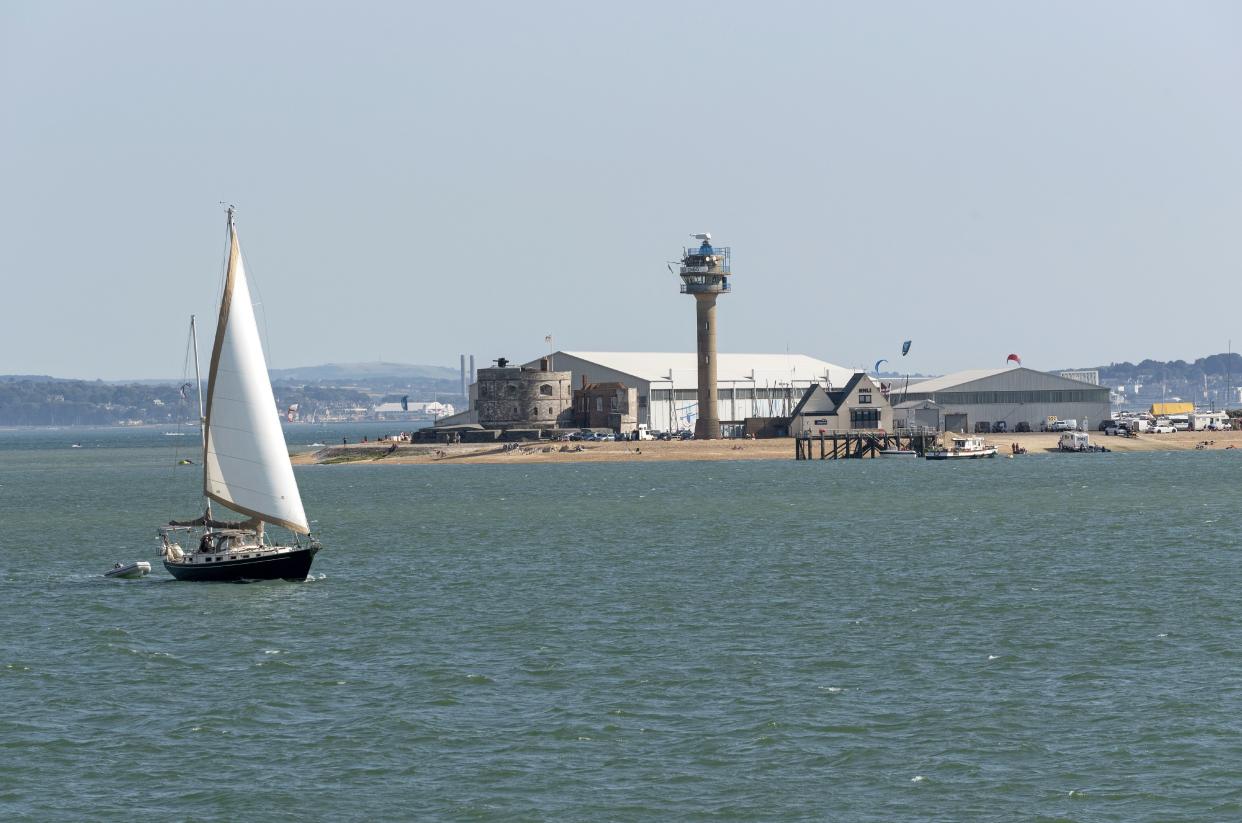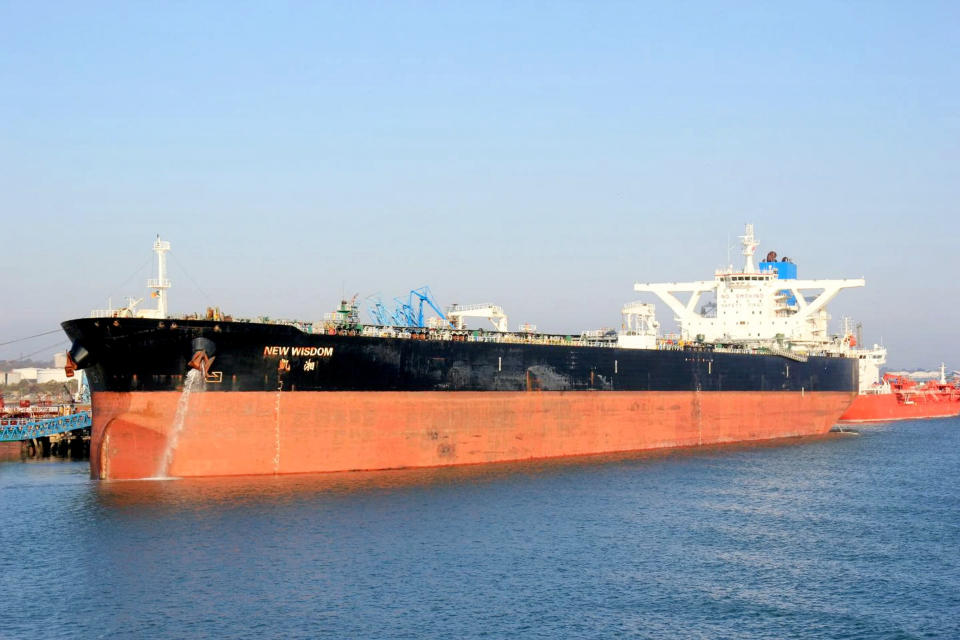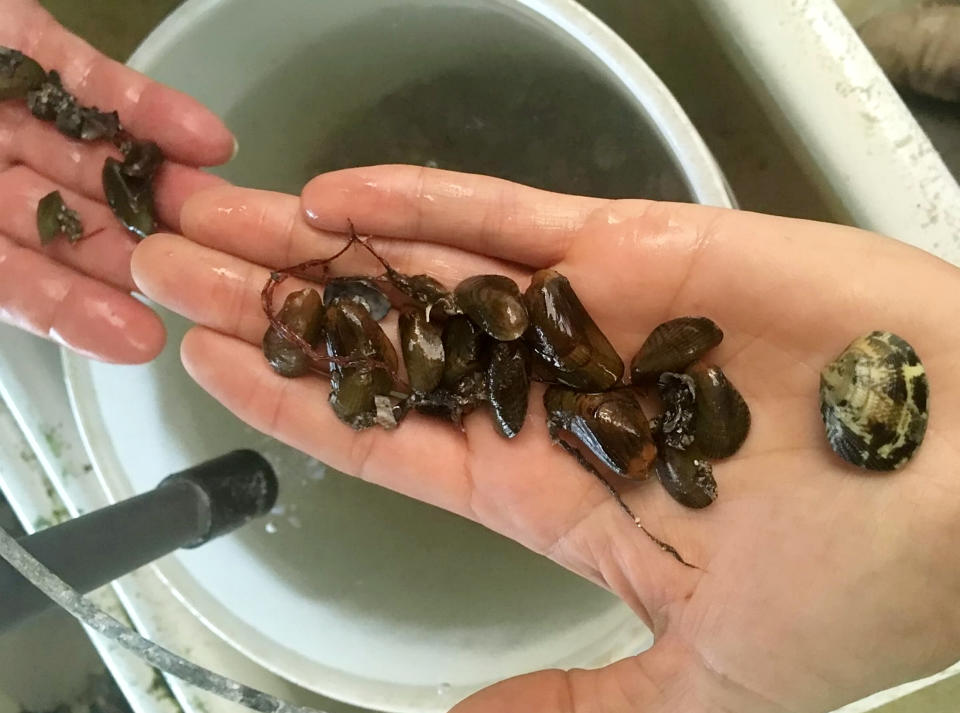Deadly sea worm more poisonous than cyanide and arsenic found off British coast

A sea worm more poisonous than cyanide has been found in the coastal waters of southern England.
Known as Cephalothrix simula it contains neurotoxins that are "potentially fatal if they enter the human body", warn scientists.
The worm is native to the North West Pacific Ocean and a frequent visitor to the beaches of Japan.
But now a new study has revealed that it's spread to northern Europe - including Southampton and Cornwall.
The deadly creepy-crawly carries tetrodotoxin - the same venom found in pufferfish that have also claimed lives.
The powerful poison can kill an adult at a dosage of as little as two milligrams - far more potent than arsenic or cyanide.
It kills because nerves no longer trigger muscle movement controlling breathing and the victim suffocates.
The toxin can also induce heart failure. There is no antidote and treatment is to support breathing artificially until the body excretes the toxin naturally.
Lead author Luke Holman, from Southampton University, said: "There are many ways in which species that are not native to the UK arrive on our shores.

"They can be carried in ballast water tanks or on ship hulls from one international harbour to another, something especially common in places like Southampton.
"They can also hitch a lift on live fish stocks and oysters imported for British fish farms."
Cephalothrix simula was among 18 artificially introduced species identified off the UK's coasts.
READ MORE
His team collected water and sediment from four marinas - Southampton Water, Anglesey, The Bristol Channel and the River Blackwater in Essex.
The Cephalothrix simula worm was found at Southampton. It had not been previously detected prior to the study - carried out in 2017 and now published in Scientific Reports.
But last year it was also found off Cornwall - a discovery reported by the Centre for Environment, Fisheries and Aquaculture Science (Cefas).
They warned: "The species has been associated with high levels of the marine neurotoxin Tetrodotoxin, traditionally associated with Pufferfish Poisoning."
The pufferfish famously contains enough poison to kill 30 humans - and is considered a delicacy in Japan.
It has to be prepared with the utmost care - to ensure diners don’t die.
Mr Holman said: "We know the muddy flats of Southampton water and the Solent area provide a great deal of food for foraging birds so we should be worried about any species with an ability to change the sediment."

Other species Mr Holman's group detected included the Asian date mussel and another type of worm known as Paranais frici.
If not caught early, invasive species can have devastating effects on the country's native wildlife habitats.
For example, Asian date mussels can alter sediment through the thread like cocoons they produce which weave together and change the seafloor from a muddy to a thick, sandy material. This in turn changes the creatures that inhabit the area.

 Yahoo News
Yahoo News 


